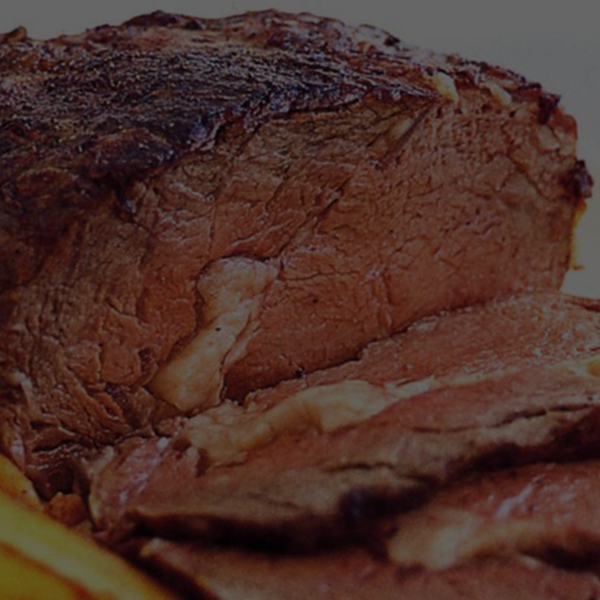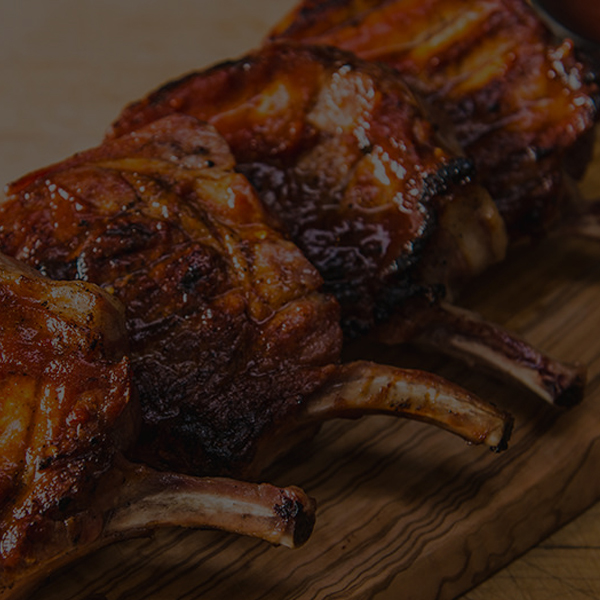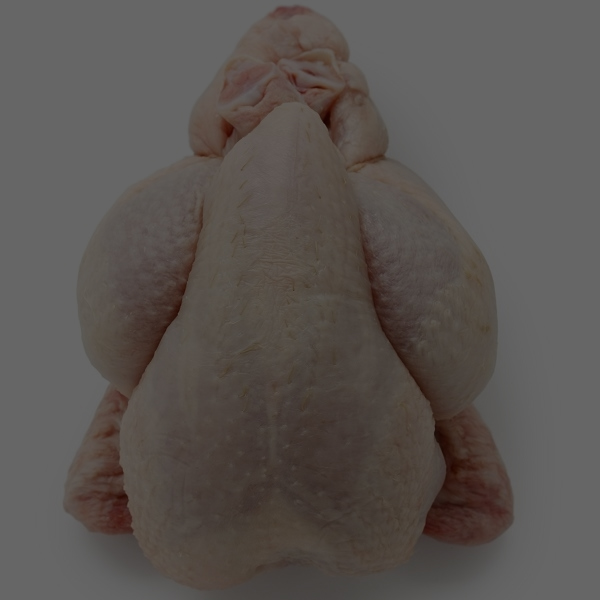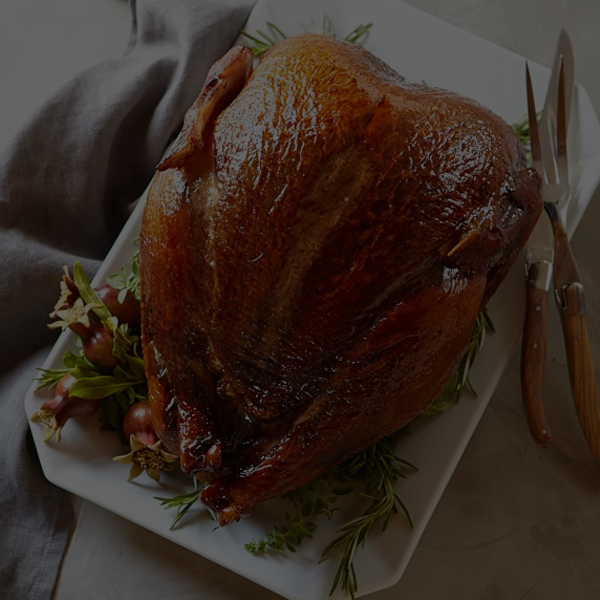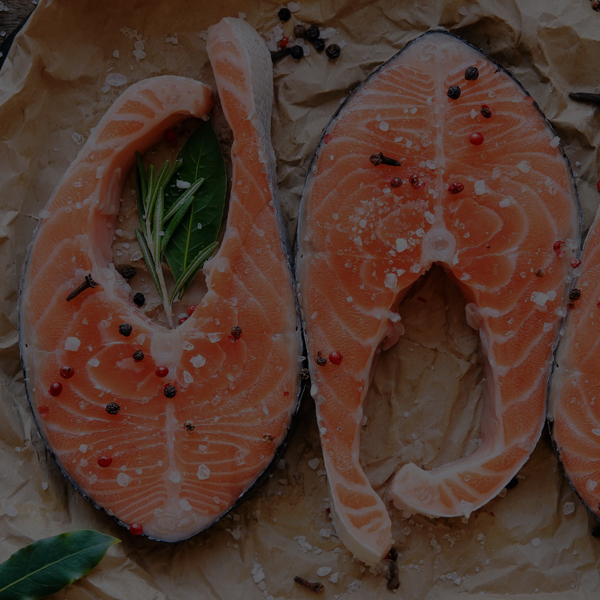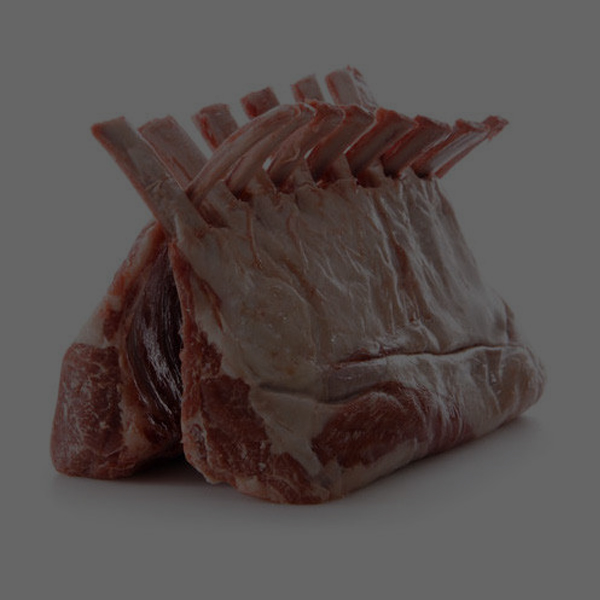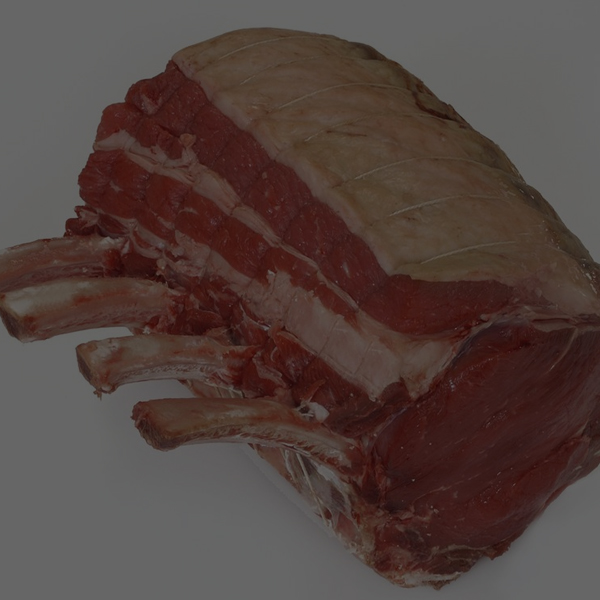Meat is one thing that can be hard to save money on. Unless you don’t eat meat or are already at the stage of producing all your own meat, just getting following regular sales at the grocery store isn’t going to cut costs on meat much from your budget. My family has always purchased meat in bulk as a way to save on our grocery budget and me and the hubby have always tried to purchase meat in bulk since the start of our marriage.
The great thing is that there are ways to save on all kinds of meat in bulk, not just beef! Since my mom has been buying meat in bulk for longer than I have, I asked for her tips to share in this article as well. Here are our best tips for saving money by buying meat in bulk!
Saving Money on Pork
You can buy a large, long pork loin at Buy Beef and Chicken Online. It is approximately 24 or more inches long, these can usually be bought for around $2 a pound. They are good to cut in 6-8 inch portion sizes to make roast. You should be able to get 3-4 of these nice size roasts out of a section. They can be easily made up in the crock pot for shredded pork sandwiches.
You can also buy a side of pork or whole pork from the local butcher shop. If you know your butcher shop has good quality or knows the source of its hogs, this would be desirable. The advantage of buying pork from the butcher shop is that you can get a variety of cuts and there are no extra additives in the meat.
Cut side pork is wonderful for “bacon” slabs, without any of the preservatives. Ground pork is wonderful to add your own spices to and make into homemade sausage.
If you buy your pork from a butcher shop or from a rancher and have it processed, the size can vary but keep in mind when you are planning…half a pork is around 100 pounds, a whole pig maybe around 200 pounds. The butcher shop should be able to tell you how many pounds you can a lot for different cuts.
Saving Money On Beef
Our family raises our own cattle. We know exactly what the cow has had for diet and the grasses it has eaten. We also know that no hormones have been injected into the beef. If you also plan on raising your own beef, make sure when you take your own beef to be processed that you ask them for everything back. We always ask for the soup bones as well. This has always provided a numerous amount of packages, usually at least 2 bones each, with a lot of meat that adds flavor and substance to stews and soups. You can also use them to make your own Beef Bone Broth. Or use them to feed to dogs.
Make sure that you have your roasts cut into manageable sizes. We like to have ours cut into 3 – 4 pounds each. If I need extra for feeding a crowd, 2 of them will fit in my larger crockpot. If you are not feeding a crowd, the 3 – 4-pound size keeps it manageable to have for one to two meals, sometimes more, without feeling like you are having roast every night. I like to have the ground beef in different sizes. We usually get 1 pound packages and also 2 pound packages. The one pounders are great for taco night, pizzas, sloppy joes, spaghetti, hamburger soups, or casseroles. The 2-pound package is good for making hamburgers, meatloaves, homemade beef sausage, or make ahead meatballs. It is nice to have a variety. You can also get 1 1/2 pound packages, if you prefer, also, depending on how much your family eats in one meal.
It always seems like we have an abundance of stew meat packages when we get our beef back. These are great for making stew, itself, but with an abundance, we have found a good use for them, also. They are good to cut in smaller pieces and marinate. We then place them on the grill and eat them as “tips”. They aren’t the most tender cut, but with the smaller size and marinating, they turn out just as wonderful.
If you are a canner, ask your butcher about meat for canning. Our butcher is also a canner, so they knew exactly the amount of meat that is needed to make a full (7 quart) canner full of meat. They cut the chunks in bite size pieces for us (much like stew meat chunks) and all we had to do was tightly pack the quart jars and run it through the pressure canner. It makes a very quick meal, turning it into a tender, fall apart meat, with gravy. These are great to use for quick french dip sandwiches.
A full average size cow (hang weight) is around 800 pounds. Half a cow would be around 400 pounds and a quarter around 200 pounds. (Of course, it can vary, when our family butchers a cow it’s usually around 1200 pounds!) Like with pork, your butcher should be able to tell you about how many pounds you can allow for the different cuts. We usually do not get very much steak back, instead preferring to get more hamburger and roasts.
Saving Money on Chicken
For whole chickens, we like to buy from the local Buy Beef and Chicken Online. We pay $6.25 per whole chicken right now. Whole chicken is generally the cheapest “cut” you can buy and it’s very useful since when you cook the entire carcass you can make healthy bone broth and you still have plenty of chicken for meals! Ask around your area to find farmers that are selling chickens. When you find one, make sure to ask them how the chickens are raised (actual free range, cage free, or cages) and what they are fed. If the farmer is close by you could also ask to visit the farm and see how the birds are raised.
Buying Meat in Bulk Tips
Some things to remember….
- Find out how the meat was raised first. Grass fed, free range, no hormones or antibiotics is best.
- Do not buy “corn finished” or “grain finished” meat. This means the rancher fed the animal with a grain to fatten it up before butchering. Grain is not natural for cattle and the meat will be greasy.
- Ask for opinions and reviews on a butcher before you take your animal in or before you buy meat from them. All butchers are different and have different practices.
- When you butcher your own, you will have to pay per pound on the hanging weight, not the weight you get back.
What are some of your tips for buying meat in bulk? Where do you get your meat from?

